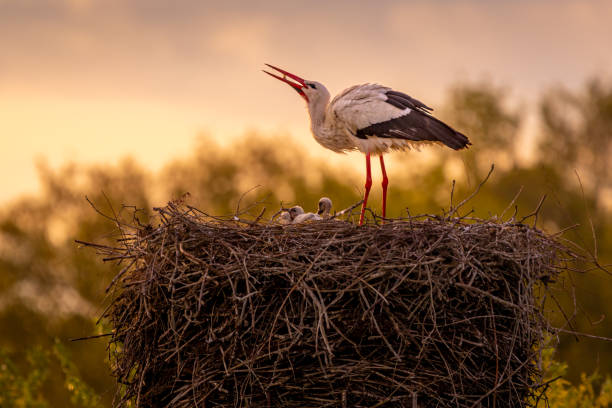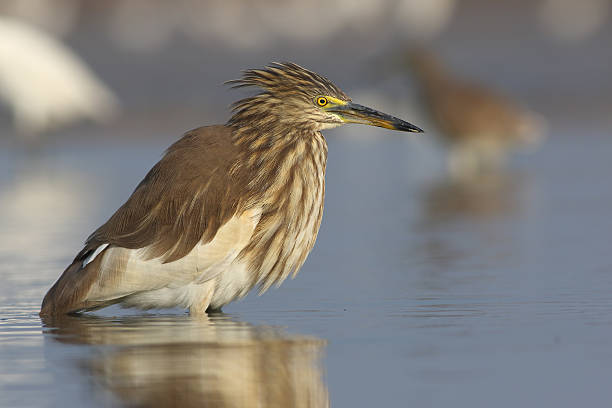
Heron Head Pictures, Images and Stock Photos
Browse 10,300+ heron head stock photos and images available, or start a new search to explore more stock photos and images.

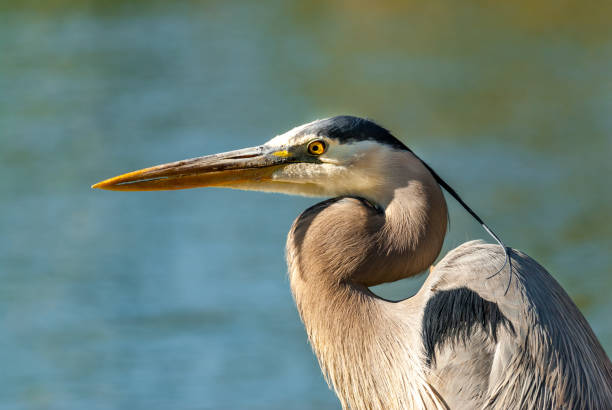
The Great Blue Heron (Ardea herodias) is a large wading bird common near open water and wetlands in North America, Central America, the Caribbean and the Galápagos Islands. It is the largest of the heron family native to North America. Blue herons are distinguished by slate-blue colored flight feathers, long legs and a long neck which is curved in flight. The face and head are white with black stripes. The long-pointed bill is a dull yellow. The great blue heron is found throughout most of North America from Alaska through Florida, Mexico, the Caribbean and South America. East of the Rocky Mountains herons are migratory and winter in the coastal areas of the Southern United States, Central America, or northern South America. Great blue herons thrive in almost any wetland habitat and rarely venture far from the water. The blue heron spends most of its waking hours hunting for food. The primary food in their diet is small fish. It is also known to feed opportunistically on other small prey such as shrimp, crabs, aquatic insects, rodents, small mammals, amphibians, reptiles, and birds. Herons hunt for their food and locate it by sight. Their long legs allow them to feed in deeper waters than other waders are able to. The common hunting technique is to wade slowly through the water and spear their prey with their long, sharp bill. They usually swallow their catch whole. The great blue heron breeds in colonies called rookeries, located close to lakes and wetlands. They build their large nests high up in the trees. This heron was photographed while hunting by Walnut Canyon Lakes in Flagstaff, Arizona, USA.
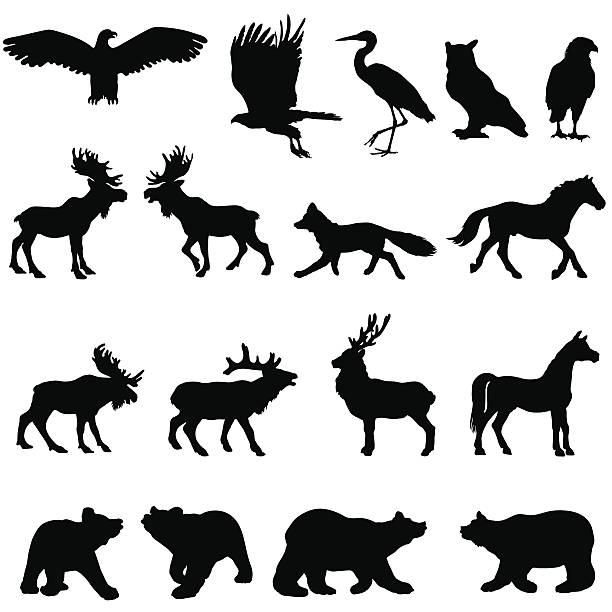
A silhouette collection of many large animals and birds that can be found in the forests and woods. These include an owl, heron, eagle, fox, moose, horse, deer, and bears.
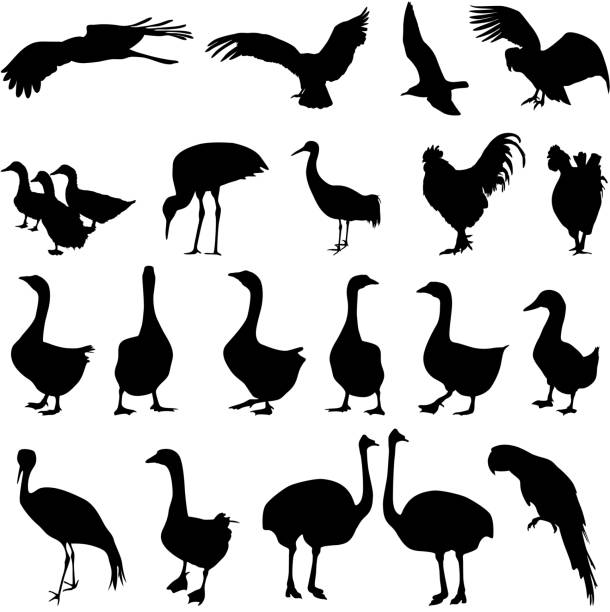
Set silhouettes birds in the zoo collection on a white background. Vector illustration.

Vector image side view in black and white colors.

Animals. Galapagos Giant Tortoise with egret bird, on Santa Cruz Island in Galapagos Islands. Animals, nature and wildlife close up of tortoise in the highlands of Galapagos, Ecuador, South America.

Male Common pheasant / Phasianus colchicus / standing on the meadow and watching, blurred background, horizontal orientation

Silhouette elephant bear eagle trot duck zebra parrot on a white background.
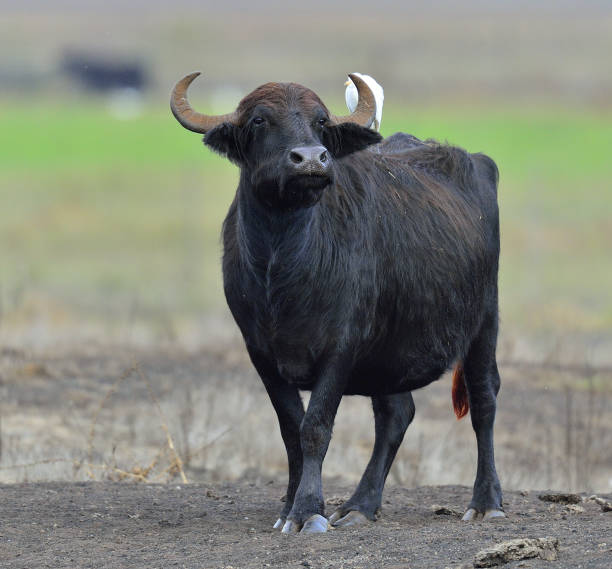
The wild water buffalo with white egret. ( Bubalus arnee), also called Asian buffalo, Asiatic buffalo and Wild Asian Buffalo.

editable vector icon of a vintage thin line royal goose crest coat of arms

Border with jungles trees,animals and islands in chinoiserie style.

grey heron digital painting

egret, bird, heron, water, nature, white, wildlife, animal, lake, wild, great, pond, beak, sea, florida, feathers, snowy, birds, snowy egret, little, river, fishing, marsh, great egret, beach
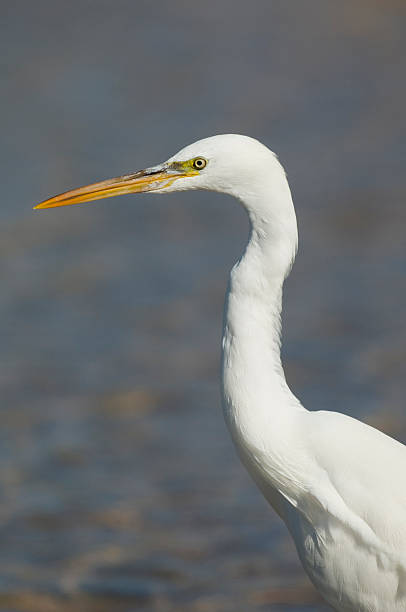
This is a close-up of Great Egret (Ardea alba). Heron is situated against the gray and blue background.
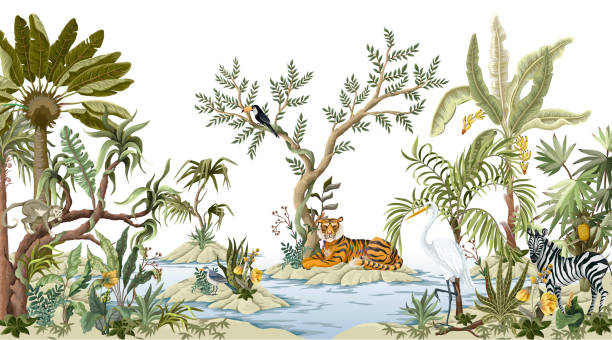
Border with jungles trees, animals and islands in chinoiserie style.
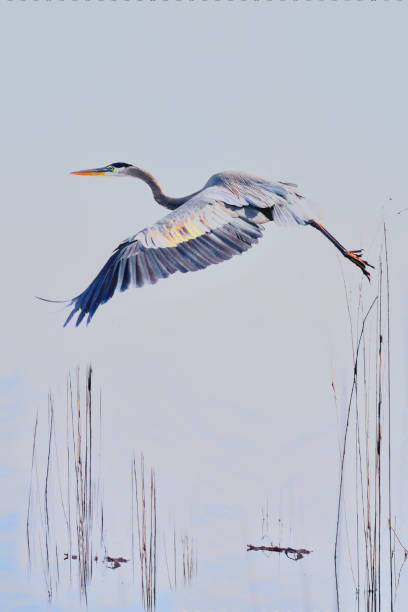
A great blu heron lifting off from a marsh against s soft blue sky

Sao Tome, beautiful coast, Boca do Inferno, with big waves

Great Blue Heron looking for fish on the edge of a canal on a wildlife drive in Central Florida

Vintage engraved illustration - Humanized animal - doctor heron with bird flu (avian influenza) injection syringe

Great egret flies over a herd of zebras that graze in the savannah at the foot of Kilimanjaro. Trip to the Horn of Africa. Southeast Kenya, the Amboseli park
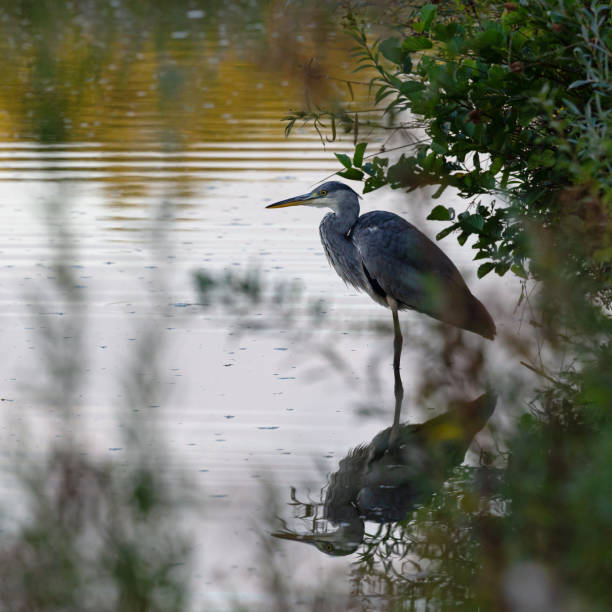
Side view close-up at dawn of a single Grey Heron (Ardea Cinerea) standing at the water's edge sheltered by vegetation, looking out focused over a lake

Heron head looks away profile, sketch vector graphic color illustration on white background

Stylized heron, crane, stork silhouette logo template, vector illustration isolated on white background. Abstract black and white flying heron, crane, stork logo design

Close up, horizontal portrait of Great Blue Heron with water in bokeh and branch behind. Location is Socorro, New Mexico at Bosque del Apache National Wildlife Refuge.
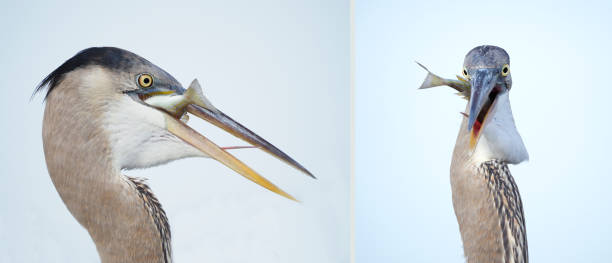
Two Seperate Images of a Great Blue Heron with a Small Fish in It's Mouth, Profile and Side View
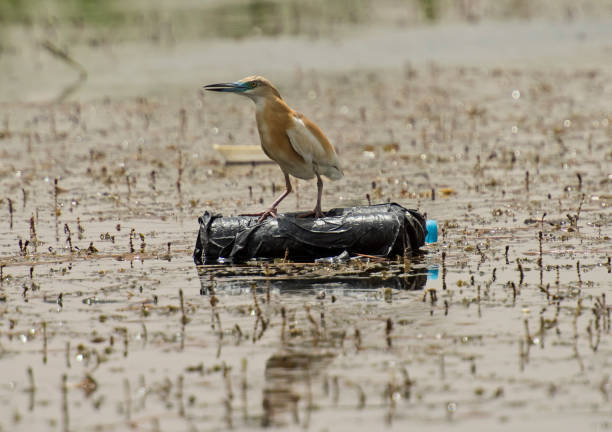
Squacco heron ardeola ralloides perched on a floating plastic bottle pollution on river water

Great Blue Heron Portrait, Vancouver Canada

A great blue heron strides through the surf along the beach in Fairhope, Alabama, while on a morning hunt.
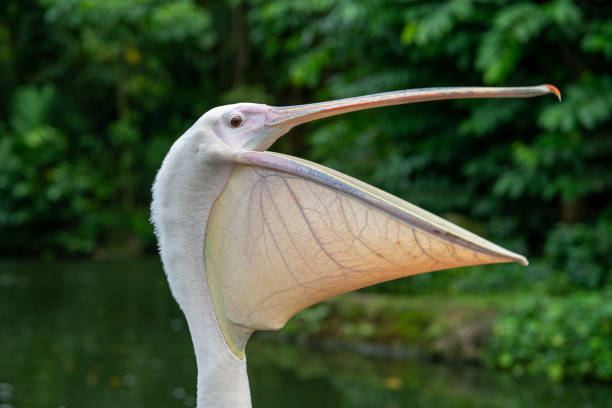
A pelican with it's bill wide open against green background

Large grey heron ardea cinerea in flight against blue sky background with wings spread

Portrait of a Gray heron in a swamp among dense vegetation.

Silently a wild Great Blue Heron shows itself through the heavy morning fog on a Florida river bank. Note the sparkling eye and the ample copy space.

Funny chewing giraffe at the foot of Kilimanjaro with a snow cap on a flat top. Southeast Kenya, the Amboseli park. Trip to the Horn of Africa

Silhouette elephant tiger bear giraffe flamingo pelican goose on a white background.

